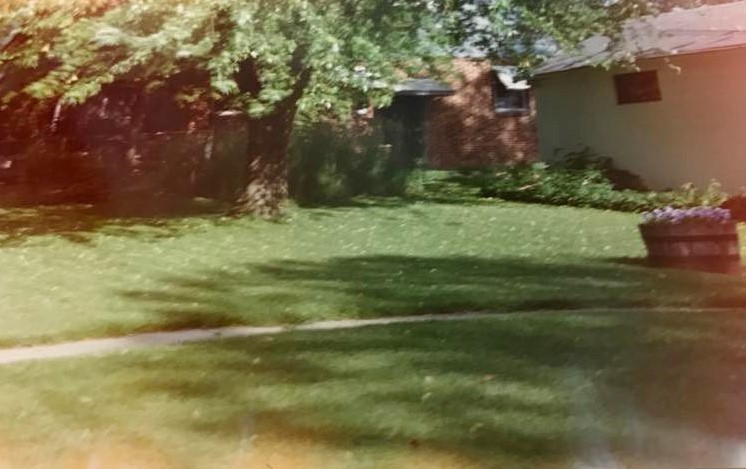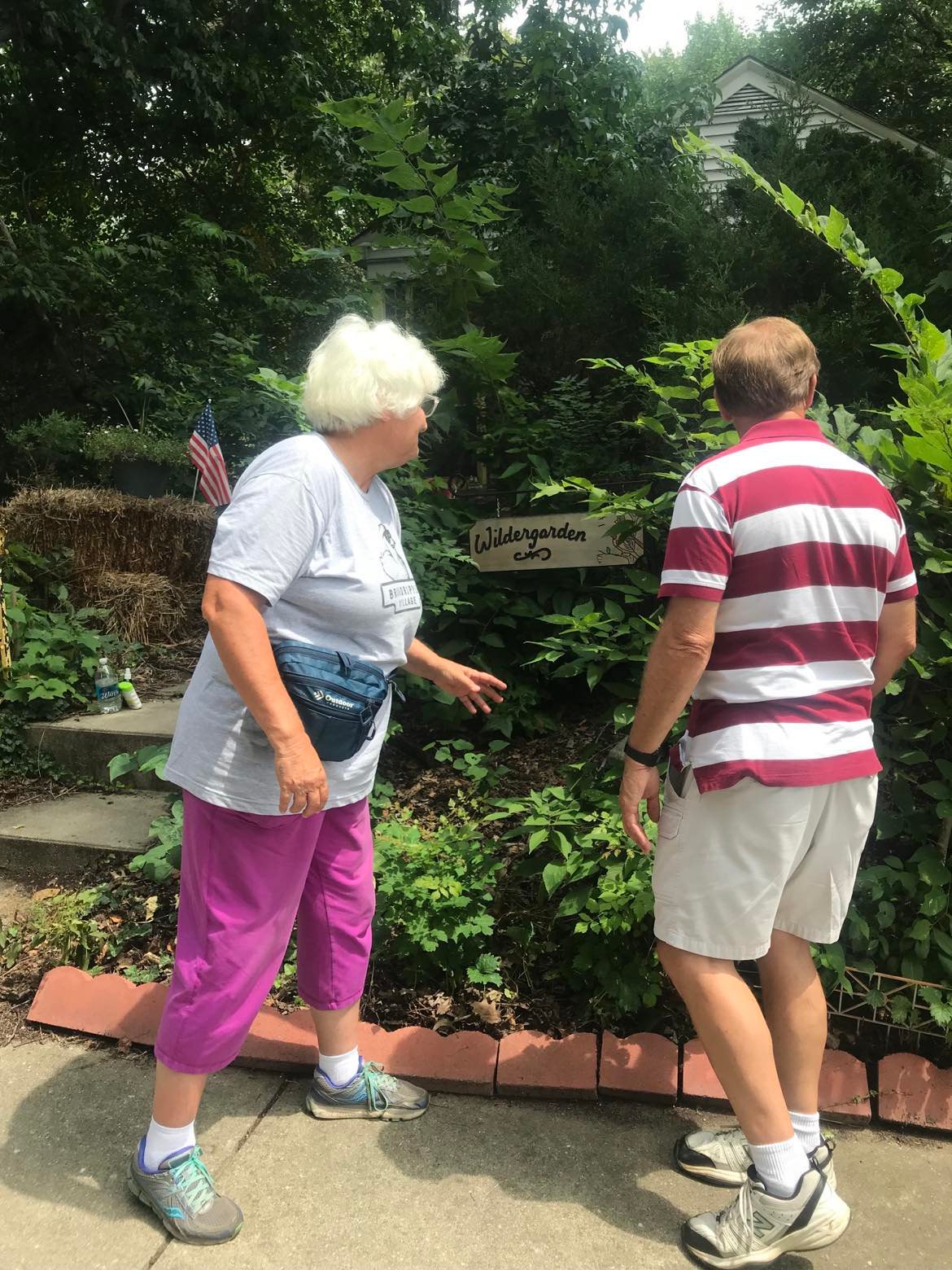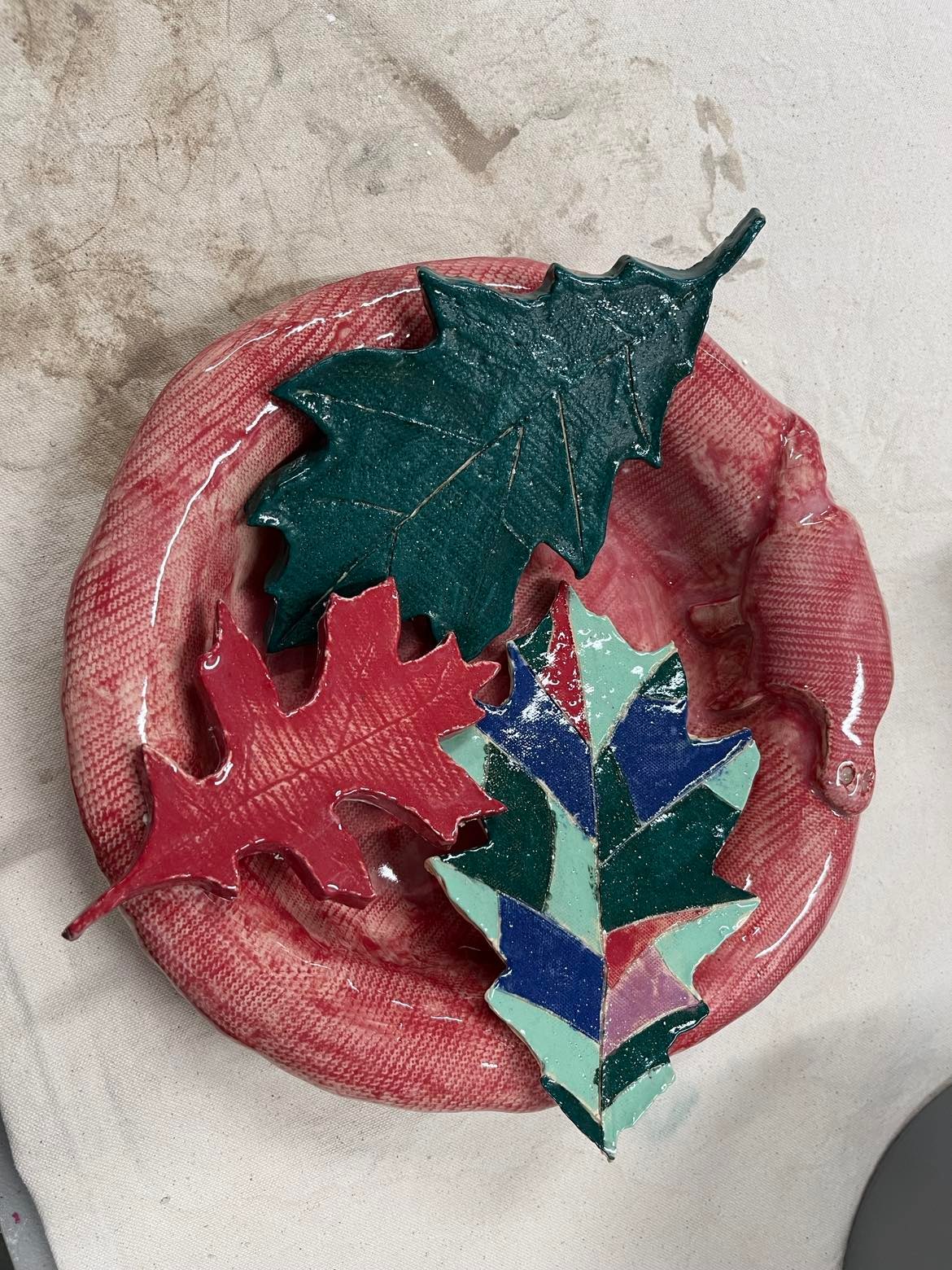WILDERGARDEN: WHAT WE ARE
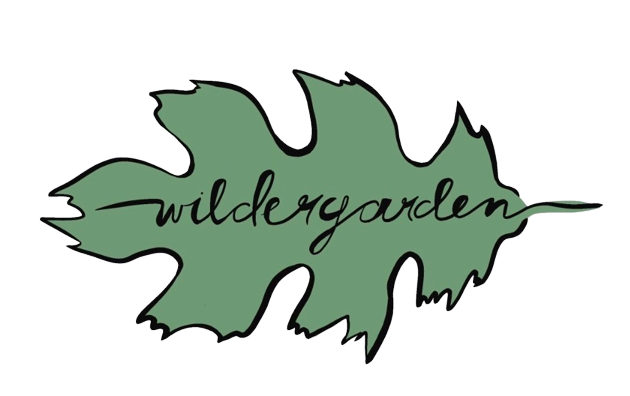
When I grow up, I want to be an old-growth forest!
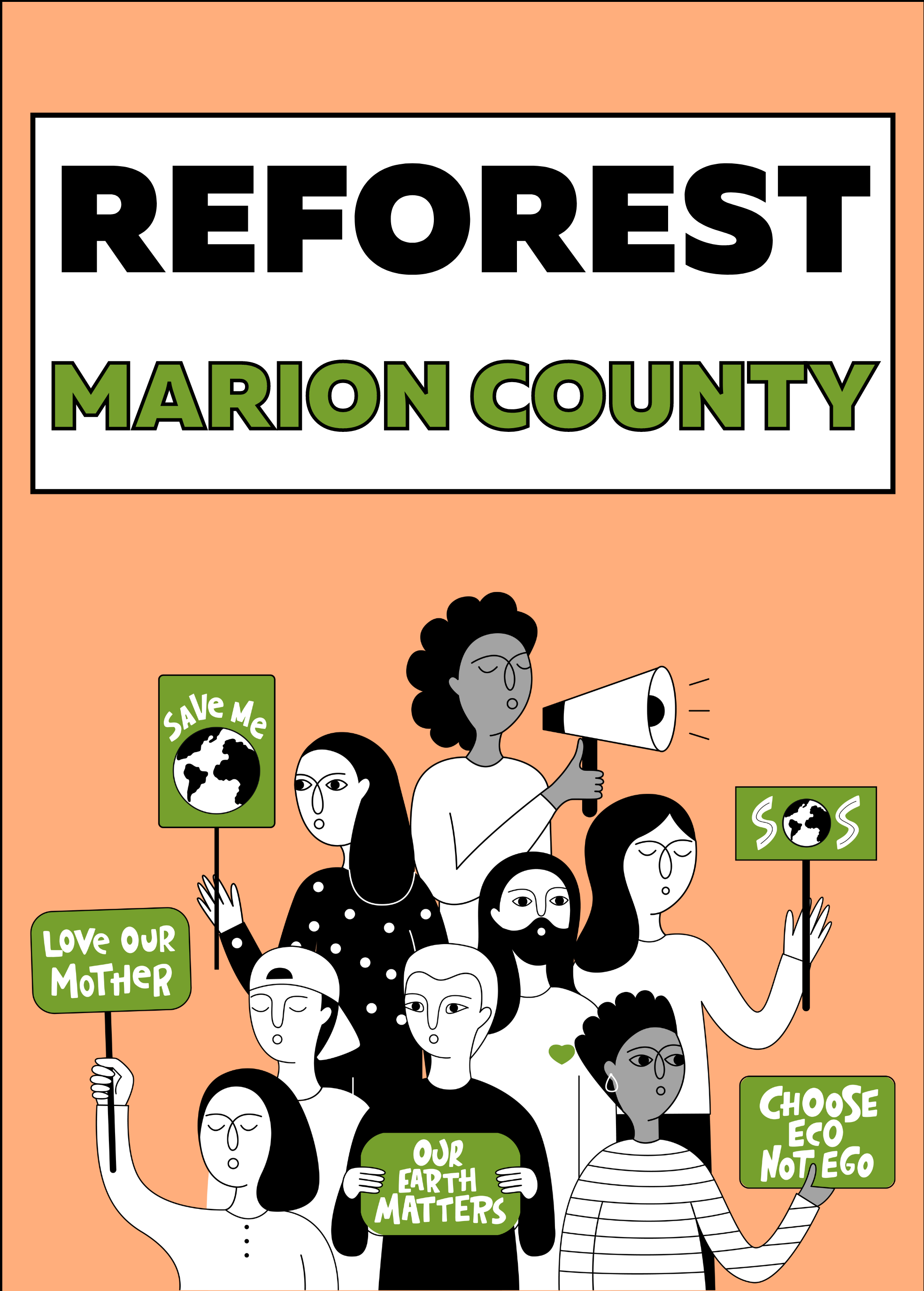
What is Wildergarden?
Wildergarden is a new-growth forest located on a residential parcel of land in the Broad Ripple neighborhood in Indianapolis, Indiana. In 1993, Julia Wilder began the process of transforming it from a turfgrass yard through the process of passive restoration.
What is a forest?
As described on the website of the Indiana Department of Natural Resources (IDNR), Division of Nature Preserves, a forest is several vertical layers of tree canopy, diversified by tree species and age of trees. These are accompanied by shrubs and herbaceous plants closer to the ground.
In contrast, urban trees are traditionally maintained as isolated individuals. They are either “street trees” planted in a row along public easements, or several trees interspersed in a private yard. They are usually not accompanied by native wildflowers and shrubs, but rather have turf-grass underneath them.
At Wildergarden, we have aimed to restore a complete forest setting in our yard, with representatives of each layer of flora that naturally grows on Miami soil.
We also serve as a micro- scale regional Arboretum which shows homeowners a variety of lesser-known native trees, such as Basswood and Northern Pecan, that they may choose to grow in their Indiana yards.
Why forest?
The Wildergarden is a forest because, historically, it was a forest. In 2002, Robert C. Barr, et al, conducted a review of historical and contemporary vegetation and soil maps. You can read the article HERE.
Since we strive to honor the Wildergarden’s past, we have allowed trees to grow and establish.
Why passive restoration?
Passive restoration is the process of allowing natural succession to take place with the end goal being native non-turfgrass yard. It usually starts with allowing trees and other plants to grow, and can involve spreading seeds or mildly disturbing the soil to promote new seed germination.
At its core, passive restoration means restraining human land management so that nature can exert maximum influence over re-establishing natural habitat for the underlying soil type in a yard. The homeowner becomes a land steward whose primary strategy is yielding to nature.
In the yard setting, human stewardship includes providing the initial disturbance to trigger the start of biological succession. After that, the primary stewardship role is documenting the succession process through photography, measurements, inventory, record keeping, and journaling.
The steward maintains soil building practices such as maintaining copious amounts of organic matter on the ground, and removes unwanted plants. Active restoration by the steward and passive restoration by nature work together in a yard. Passive restoration is the leader at Wildergarden.
One tradeoff of passive restoration is vigorous species decreasing the biodiversity. Although the ethics of managing highly competitive species is debated, it is true that invasive species, and even vigorous native species, do take over and outcompete many others if left alone. This prevents biodiversity and the establishment of slower growing or more delicate species. While invasive species do provide many ecosystem services, native plants generally provide more holistic benefits.
Wildergarden Inc. promotes passive restoration in yards for educational purposes and to build up soil. Passive restoration gives residents an opportunity to witness ecological succession and its effects on the natural community. Succession allows organic matter, biological activity, and nutrients to build up in the soil through the process of plants living, dying, and decaying. It also gives the current seed bank an opportunity to grow.
Is there a time and place for active restoration?
Active restoration is when a human land manager devises an intentional plan to remedy a perceived deficiency in a landscape, and uses tools to bring about results. Active restoration is usually dominant at the beginning of the yard restoration process, because well-established sod is being replaced. It increasingly recedes to a slight role as the biological succession process gains momentum.
At Wildergarden, active restoration was the starting act of rototilling lawn sod. It is the addition of organic material into the soil. It involved native plant selection and putting those plants in the ground. Watering plants has been a feature of active land restoration. These deliberate acts were carefully performed with a specific end in mind. They avoided thwarting nature’s preferred and predominant acts of passive restoration, and were intended to augment it. For example, we believed that our gardening actions building soil health would increase the biodiversity and health of native plants emerging from the ground as volunteers.
Key Terms
Biodiversity: The variety of distinct types of organisms, whether different species or different genetics, in a given area.
Ecological connectivity: The unimpeded movement of organisms from one area to another.
Ecosystem services: An ecosystem’s direct or indirect contributions to natural, economic, or human wellbeing.
Ecological succession: The process describing a biological community’s naturally changing composition and structure over time.
Flowering Plants: Plants that produce flowers are called angiosperms. This category of plants includes woodland species of trees, shrubs, vines and herbaceous plants. Most plants at Wildergarden have flowers.
Forest Fragment: According to the United States Department of Agriculture (USDA) Forest Service website, forest fragmentation is a reduction of forested land. The remaining areas are small blocks isolated from one another, called fragments. This impacts biological diversity.
Habitat: A place that provides everything necessary for an organism to live.
Humus: The biological end product of organic matter decomposition in the soil.
Microclimate: A climate in a small area such as a forest fragment, influenced by the plants and animals in the location and by human stewardship.
Passive restoration: A process that assists the recovery of ecosystems with no management other than allowing ecological succession to take place.
Plant Litter: Plant litter is organic material remaining after a plant dies or what it sheds during its metabolic cycle. This material added to the soil surface is a boost to sustainability for homeowners. It builds humus, soil health, and biodiversity. At Wildergarden, our deciduous trees drop their leaves to the ground in late summer and autumn and this is the bulk of our plant litter. There are also limbs, twigs, keys, buds, seeds, catkins and occasionally bark. Our herbaceous plant litter is stems and leaves.
Sustainability: Using and restoring natural resources to meet the present and future biological needs of all species.
Unlawning: The process of restoring turfgrass lawns to more natural and wild landscapes.
Volunteer: An unexpected plant that emerges from the soil without human planting. In a passive restoration land plot, it is usually a wild plant deposited by the wind, birds, or small mammals carrying seeds that they either drop on the soil surface or bury in the ground.

